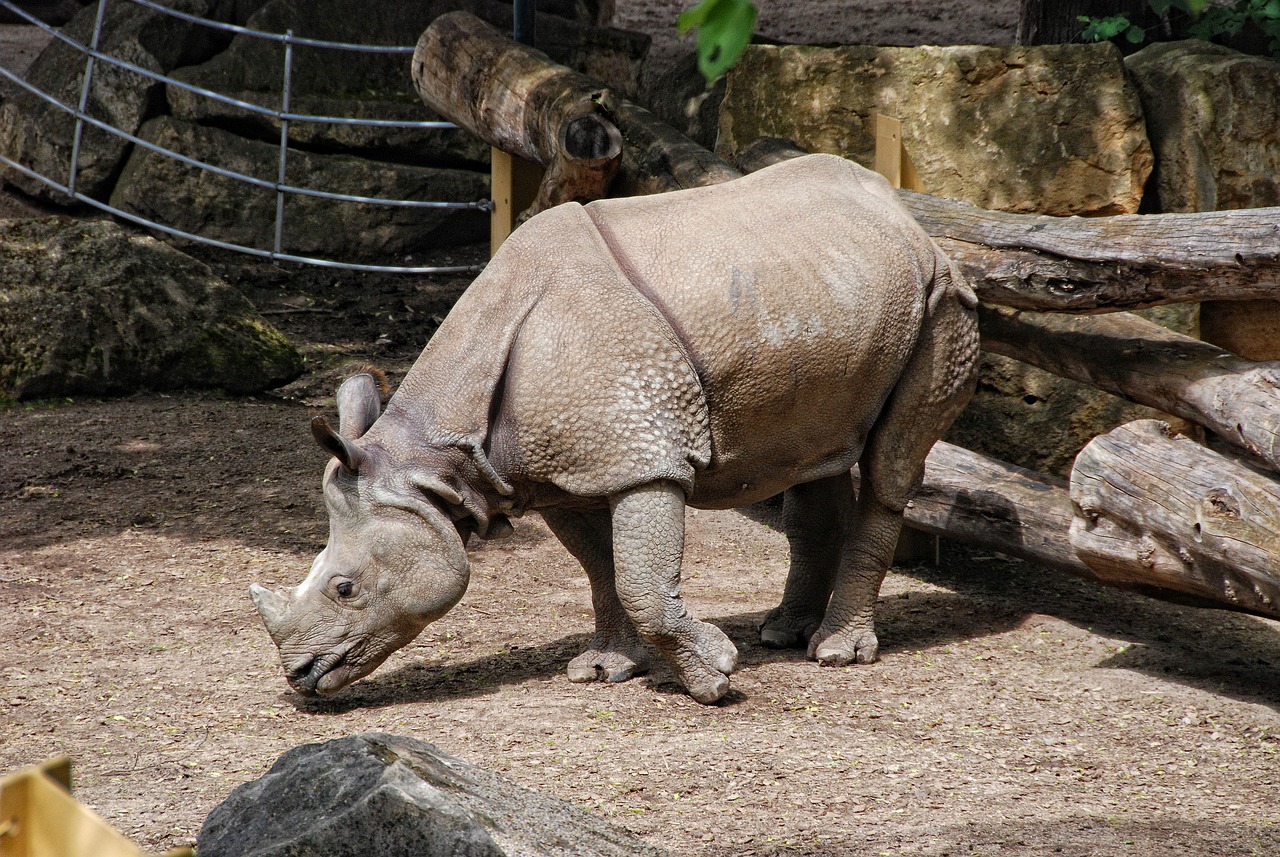 Shutterstock
Shutterstock
The animal kingdom is filled with incredible creatures that defy expectations, showcasing a wide range of beauty, diversity, and uniqueness. Some animals are so extraordinary in their appearance or abilities that they seem almost too amazing to be real. From creatures with vibrant colors to those with surreal adaptations, these breathtaking animals leave people in awe and wonder. Their existence not only highlights the magic of nature but also emphasizes the need to protect the rich biodiversity of our planet. Let’s explore some of the most mesmerizing animals on Earth that will make you look twice.
Axolotl
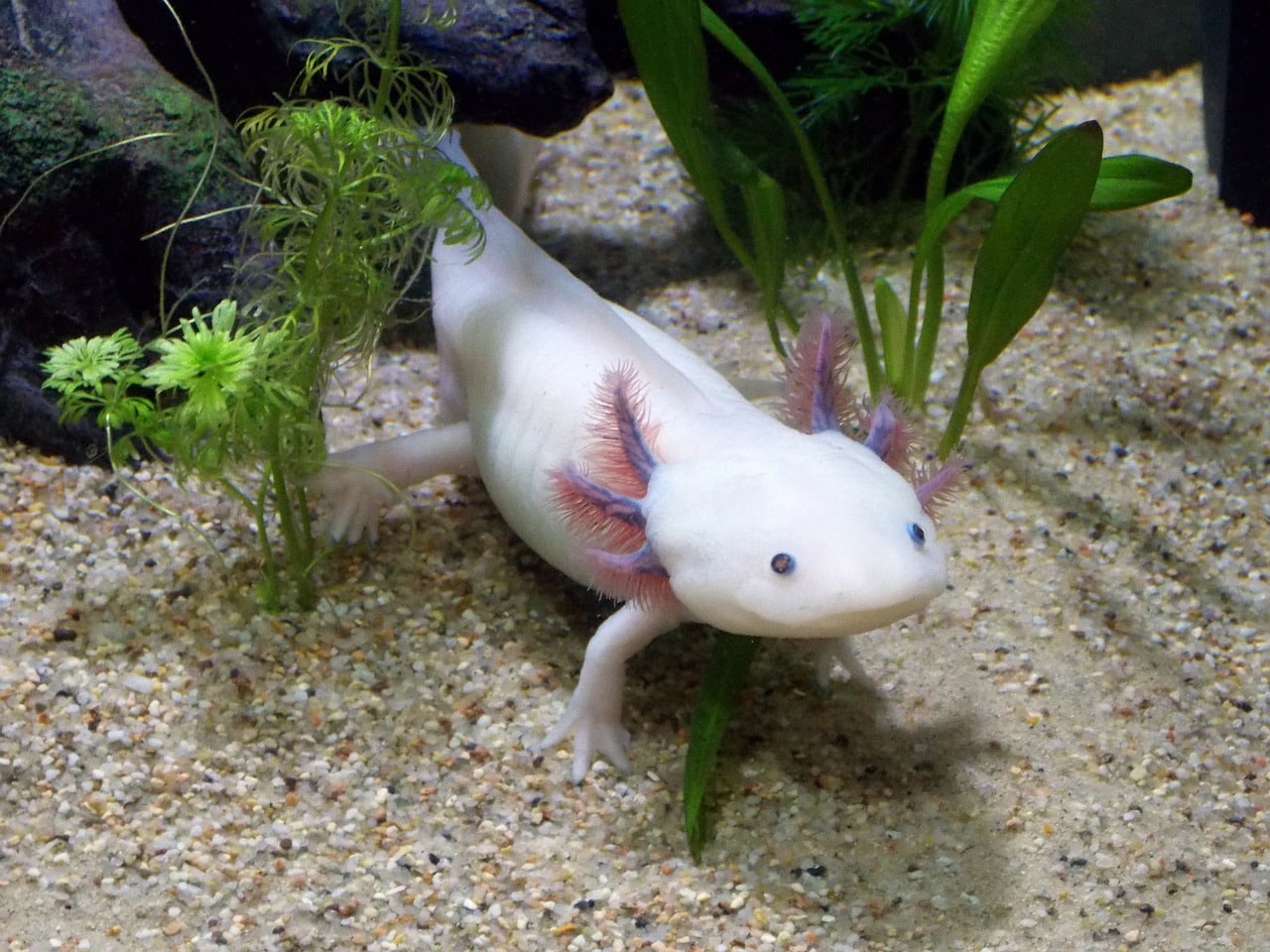 Shutterstock
Shutterstock
The axolotl, also known as the “Mexican walking fish,” is a unique amphibian that captivates scientists and animal lovers alike. What makes the axolotl so extraordinary is its ability to regenerate lost limbs, including parts of its heart and spinal cord. Unlike most amphibians, axolotls remain in their aquatic larval stage throughout their lives, giving them a permanently youthful appearance with gills protruding from their heads. Their smiling faces, pink or white coloration, and regenerative powers make them seem almost mythical, earning them a well-deserved spot on this list.
Glass Frog
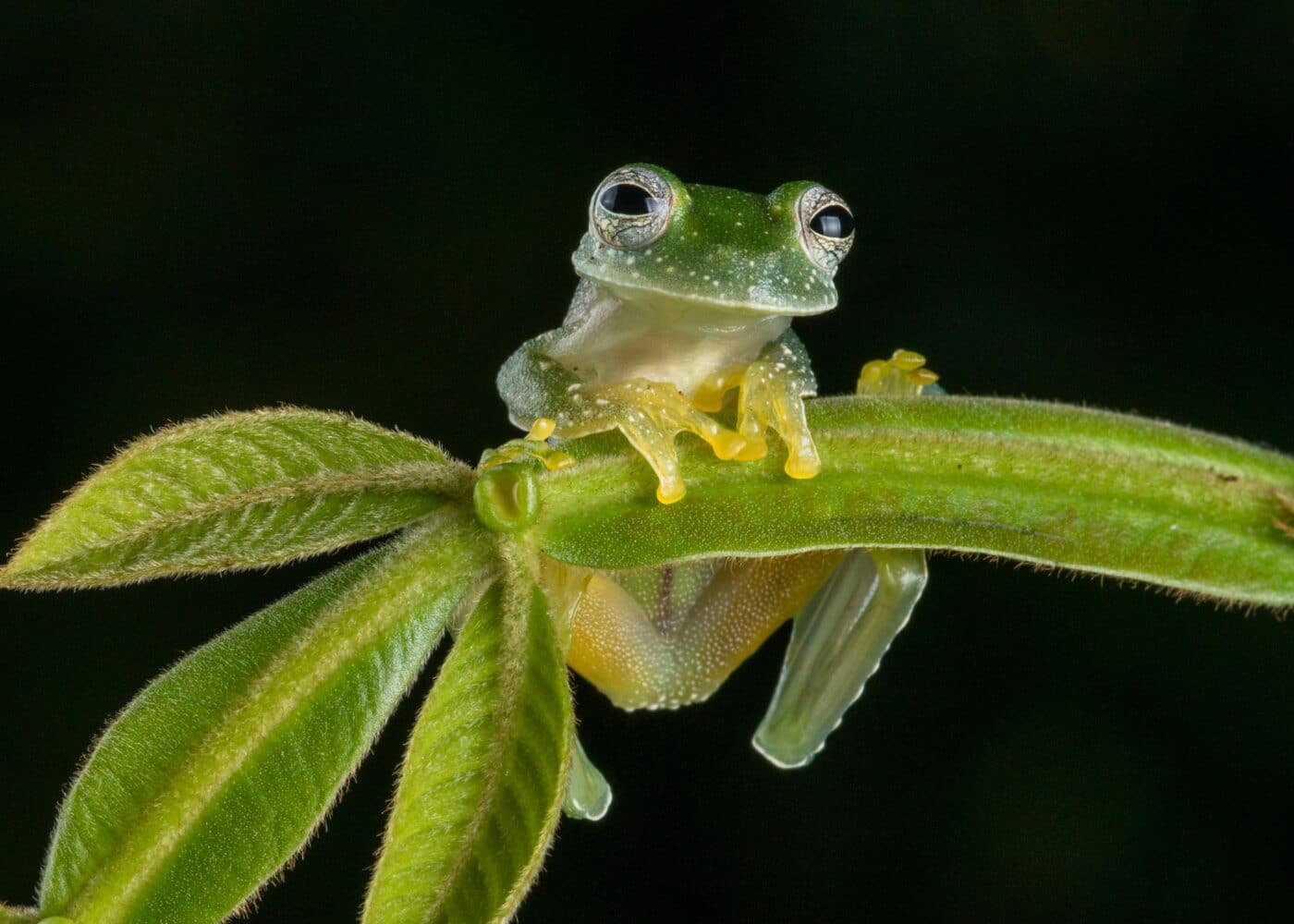 Shutterstock
Shutterstock
At first glance, the glass frog appears like any other small frog, but a closer look reveals its most unique feature—its transparent skin. Native to Central and South American rainforests, the glass frog’s belly is so translucent that you can see its internal organs, including the heart and intestines. This surreal, see-through appearance makes the glass frog one of the most extraordinary animals on the planet, and it’s a perfect example of nature’s intricate and delicate designs.
Saiga Antelope
 Shutterstock
Shutterstock
The saiga antelope is an odd-looking creature that seems to have stepped out of a fantasy world. With its oversized, bulbous nose that almost looks like a trunk, the saiga is one of the most unusual antelopes in the animal kingdom. Found in Central Asia, its distinctive nose helps filter dust from the air and regulate body temperature. Unfortunately, this bizarre yet fascinating animal is critically endangered due to habitat loss and poaching. However, the saiga remains one of the most breathtakingly unusual animals on the planet.
Pangolin
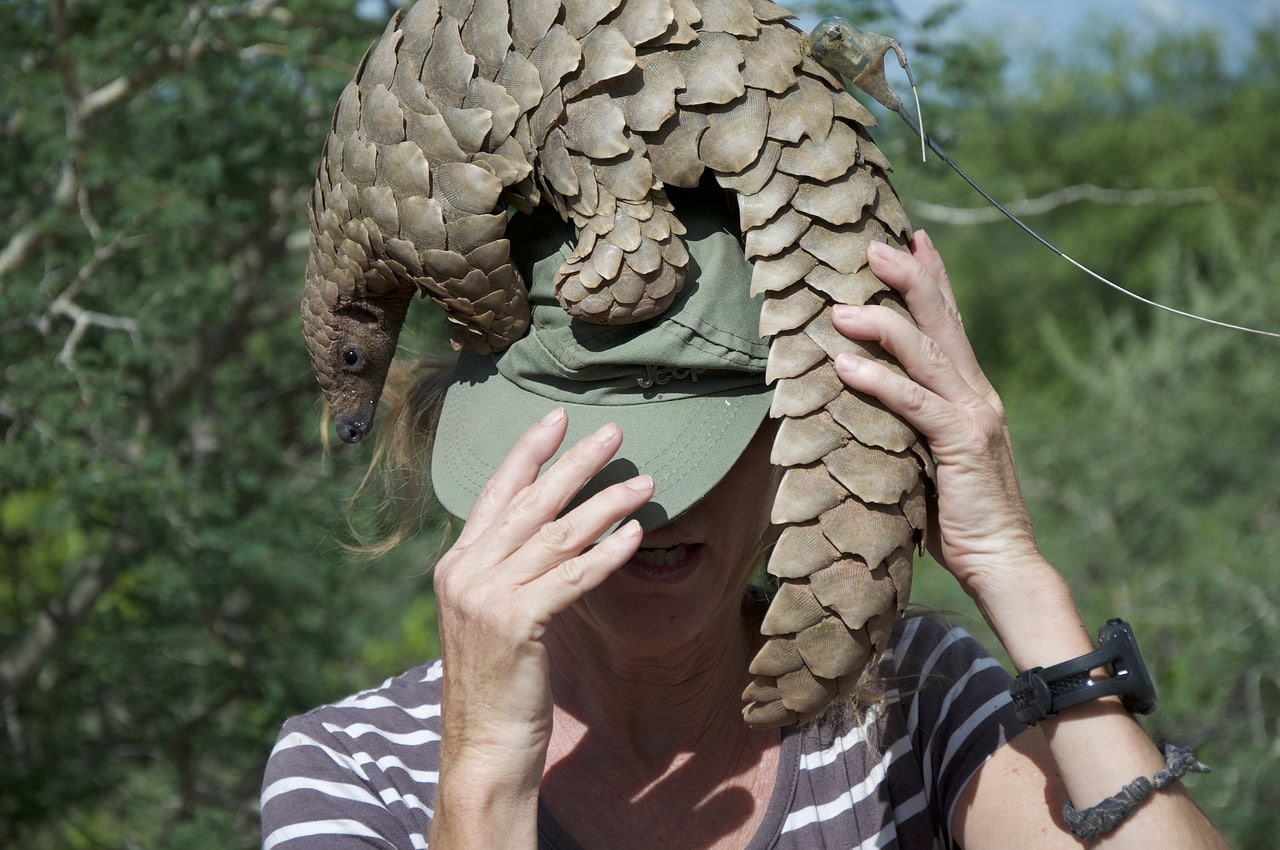 Shutterstock
Shutterstock
Often mistaken for a reptile due to its scales, the pangolin is actually a mammal. It’s known for its unique, armor-like exterior made of keratin—the same material found in human nails. Pangolins curl up into a tight ball when threatened, using their tough scales as protection. Found in Africa and Asia, these shy, nocturnal creatures are also the world’s most trafficked mammal due to their scales being used in traditional medicine. Their peculiar appearance and defensive behavior make pangolins one of the most fascinating animals you can find.
Okapi
 Shutterstock
Shutterstock
Often referred to as the “forest giraffe,” the okapi is a relative of the giraffe but looks more like a mix between a zebra and a deer. Native to the rainforests of the Democratic Republic of Congo, okapis have striped hindquarters like zebras but the long neck and stature of a giraffe. Their solitary nature and reclusive behavior make sightings rare, adding to their mystique. With their striking patterns and unique evolutionary history, okapis are undoubtedly one of the most remarkable animals you’ll ever encounter.
Red-Lipped Batfish
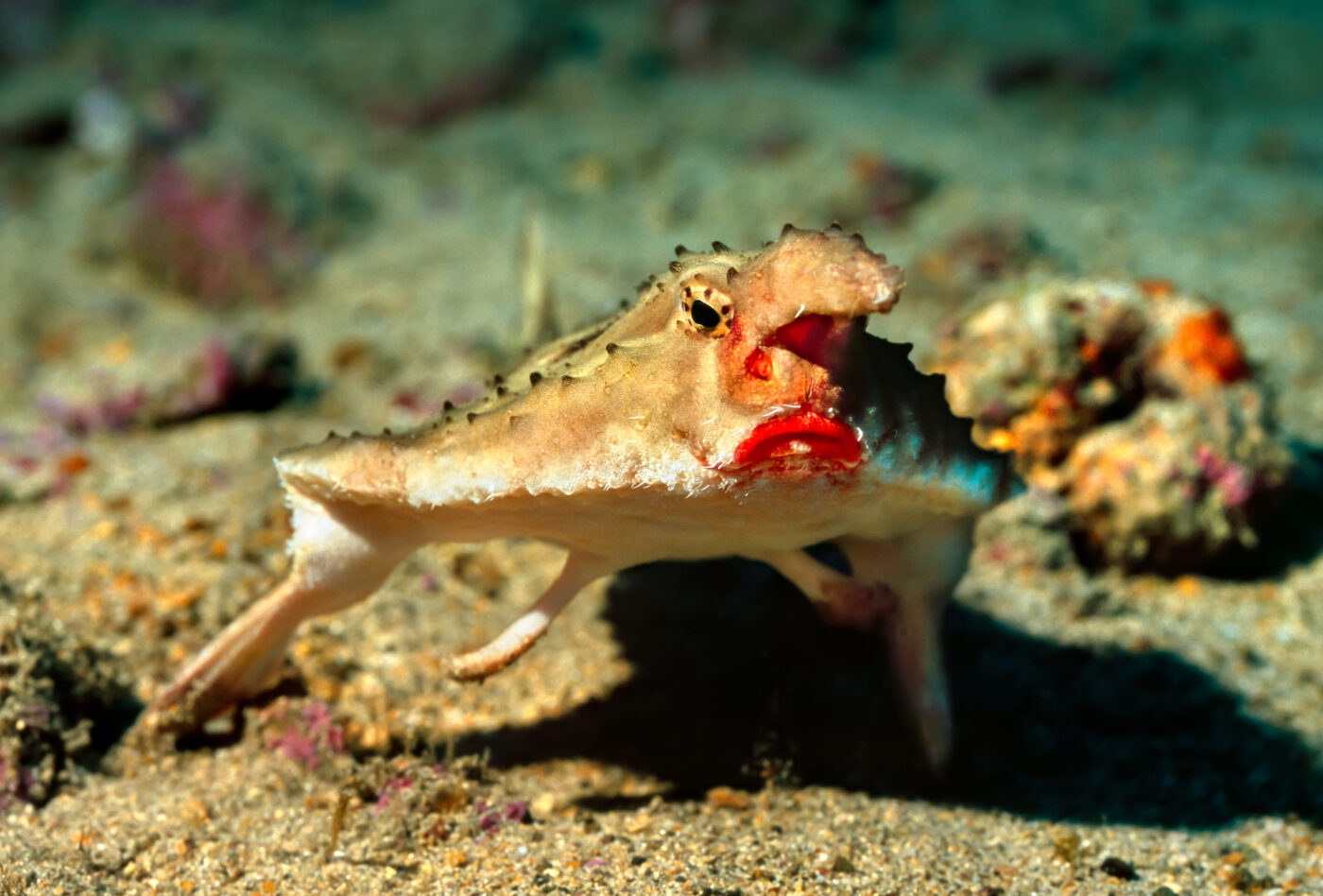 Shutterstock
Shutterstock
The red-lipped batfish is a strange and comical fish found in the waters around the Galápagos Islands. Its most distinctive feature is its bright red lips, which give it a permanently pouty expression. This fish also has modified fins that it uses to “walk” along the ocean floor instead of swimming. Its bizarre appearance and unusual movement make the red-lipped batfish one of the most unusual and intriguing creatures in the marine world.
Shoebill Stork
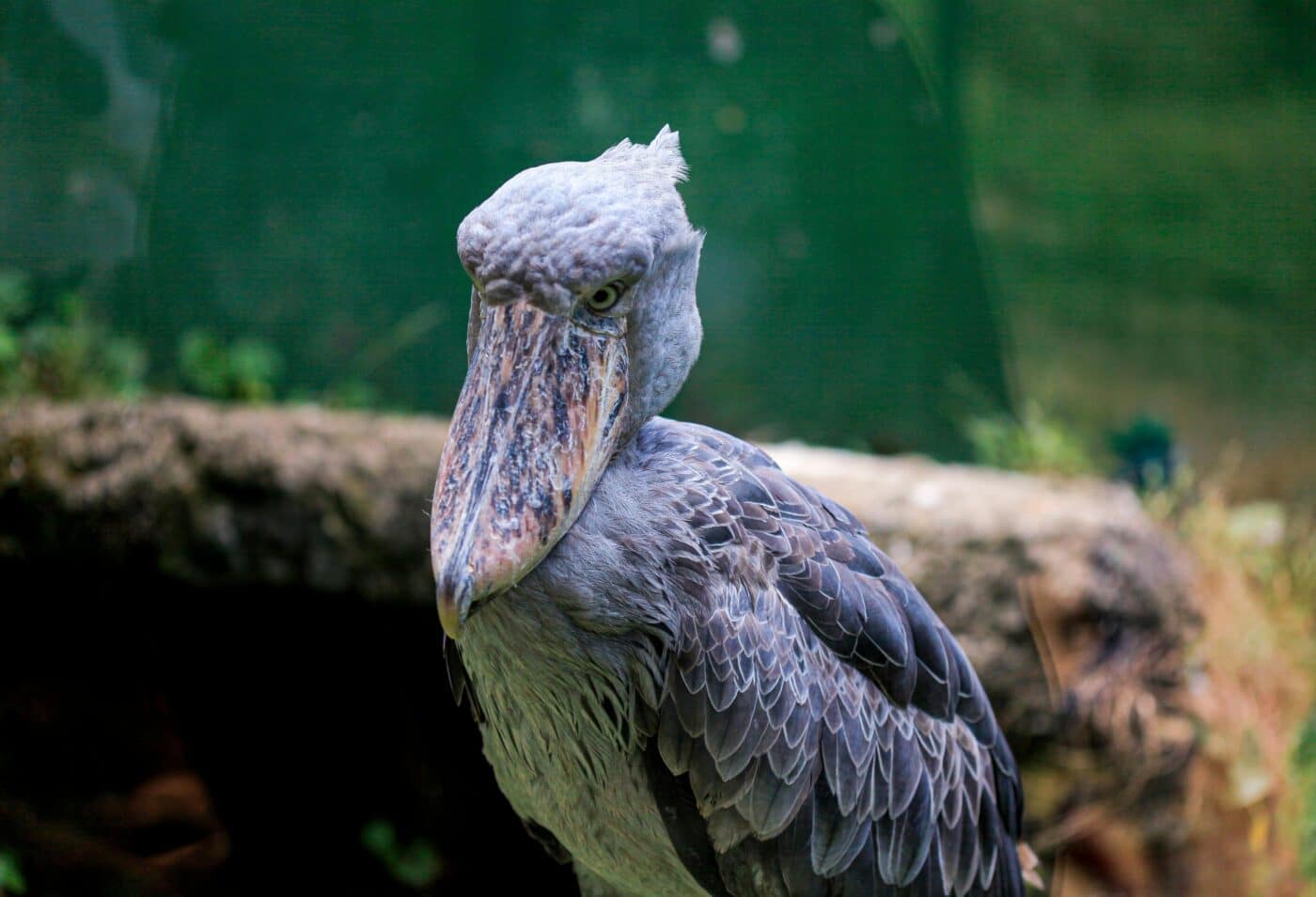 Shutterstock
Shutterstock
The shoebill stork is a prehistoric-looking bird with a massive, shoe-shaped bill that looks like something out of a fantasy novel. Native to the swamps of East Africa, this bird can grow up to five feet tall and has an intimidating, dinosaur-like appearance. Despite its formidable look, the shoebill stork is relatively docile. Its impressive size, piercing stare, and unique beak make it one of the most awe-inspiring and bizarre birds in the world.
Quokka
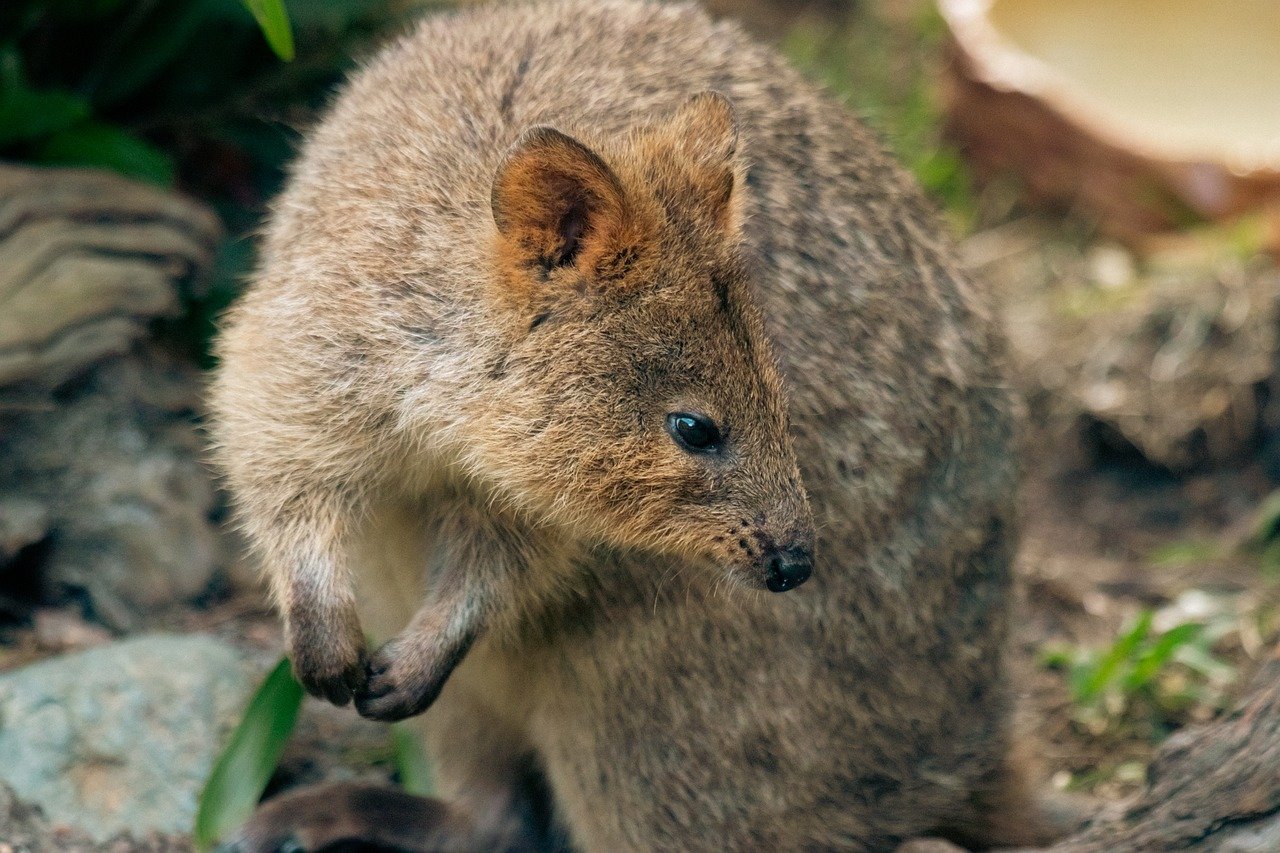 Shutterstock
Shutterstock
The quokka, often dubbed “the happiest animal on Earth,” is a small marsupial native to Australia. Known for their adorable, smiling faces and friendly demeanor, quokkas are photogenic and have become a favorite for tourists looking to snap selfies. Their small size, round bodies, and perma-grin make them one of the most endearing creatures you’ll ever see. Despite their popularity, quokkas are still vulnerable in the wild, making conservation efforts essential to preserving this unique and charming species.
Cassowary
 Shutterstock
Shutterstock
The cassowary is a large, flightless bird native to the tropical forests of New Guinea and northern Australia. Often compared to a modern-day velociraptor, this bird is known for its striking blue face, helmet-like casque, and powerful legs. The cassowary can be dangerous, using its sharp claws and strong legs to defend itself when threatened. Despite its fearsome reputation, the cassowary’s vivid coloration and prehistoric appearance make it one of the most fascinating and majestic birds in the world.
Fennec Fox
 Shutterstock
Shutterstock
With its oversized ears and tiny body, the fennec fox is a small but stunning creature adapted to the harsh conditions of the Sahara Desert. Its large ears help it dissipate heat and locate prey underground, while its soft, sand-colored fur blends into its desert surroundings. The fennec fox’s adorable appearance and nocturnal lifestyle make it a favorite among animal lovers, and its survival adaptations make it one of the most remarkable desert animals.
Mantis Shrimp
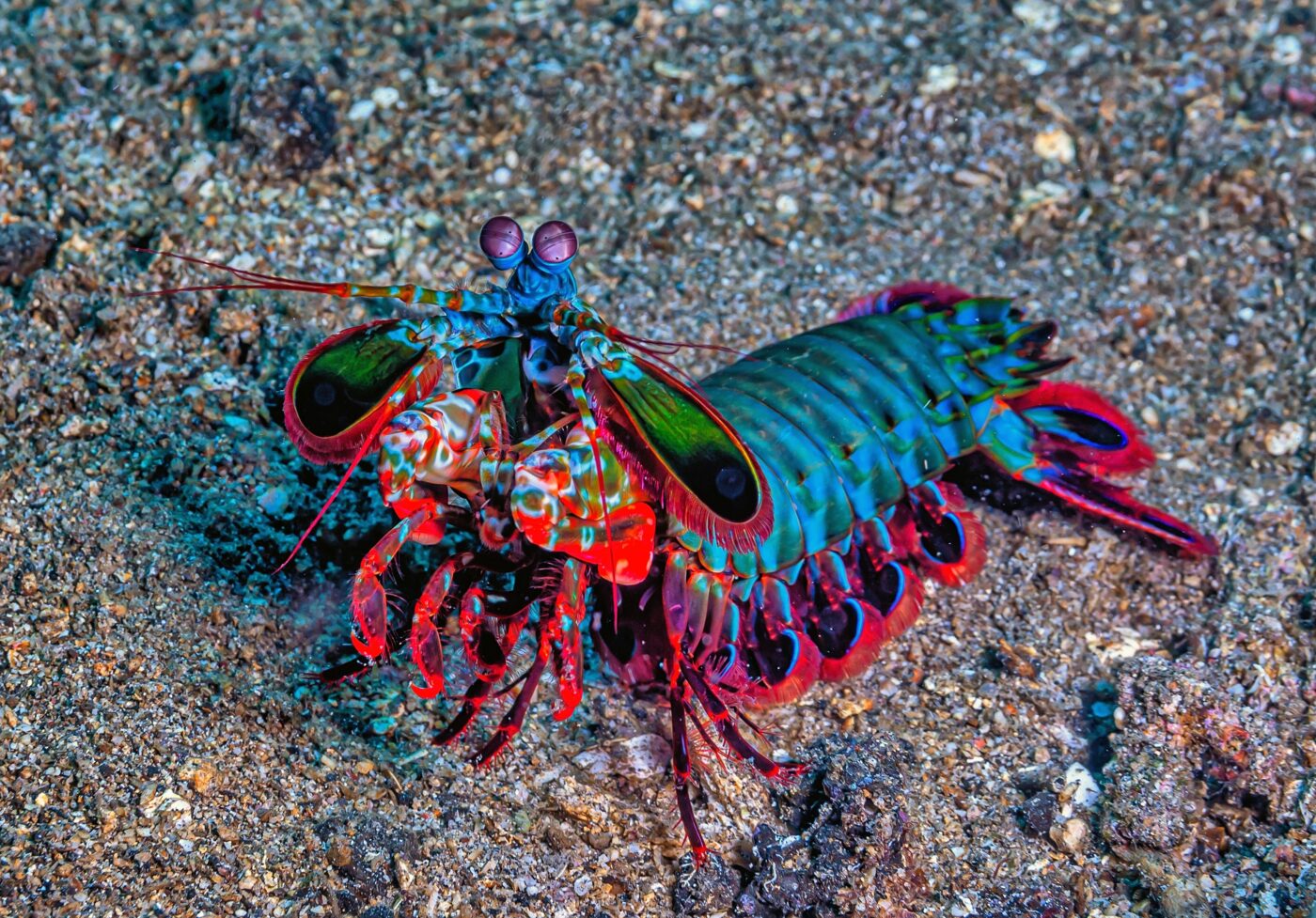 Shutterstock
Shutterstock
The mantis shrimp is a small but mighty marine creature known for its incredibly powerful punch, which can break glass and stun prey. With its vibrant, rainbow-colored exoskeleton and super-fast appendages, the mantis shrimp is both beautiful and deadly. It has some of the most complex eyes in the animal kingdom, capable of seeing polarized light and detecting a wider range of colors than humans. The mantis shrimp’s stunning appearance and formidable abilities make it one of the ocean’s most remarkable animals.
Lyrebird
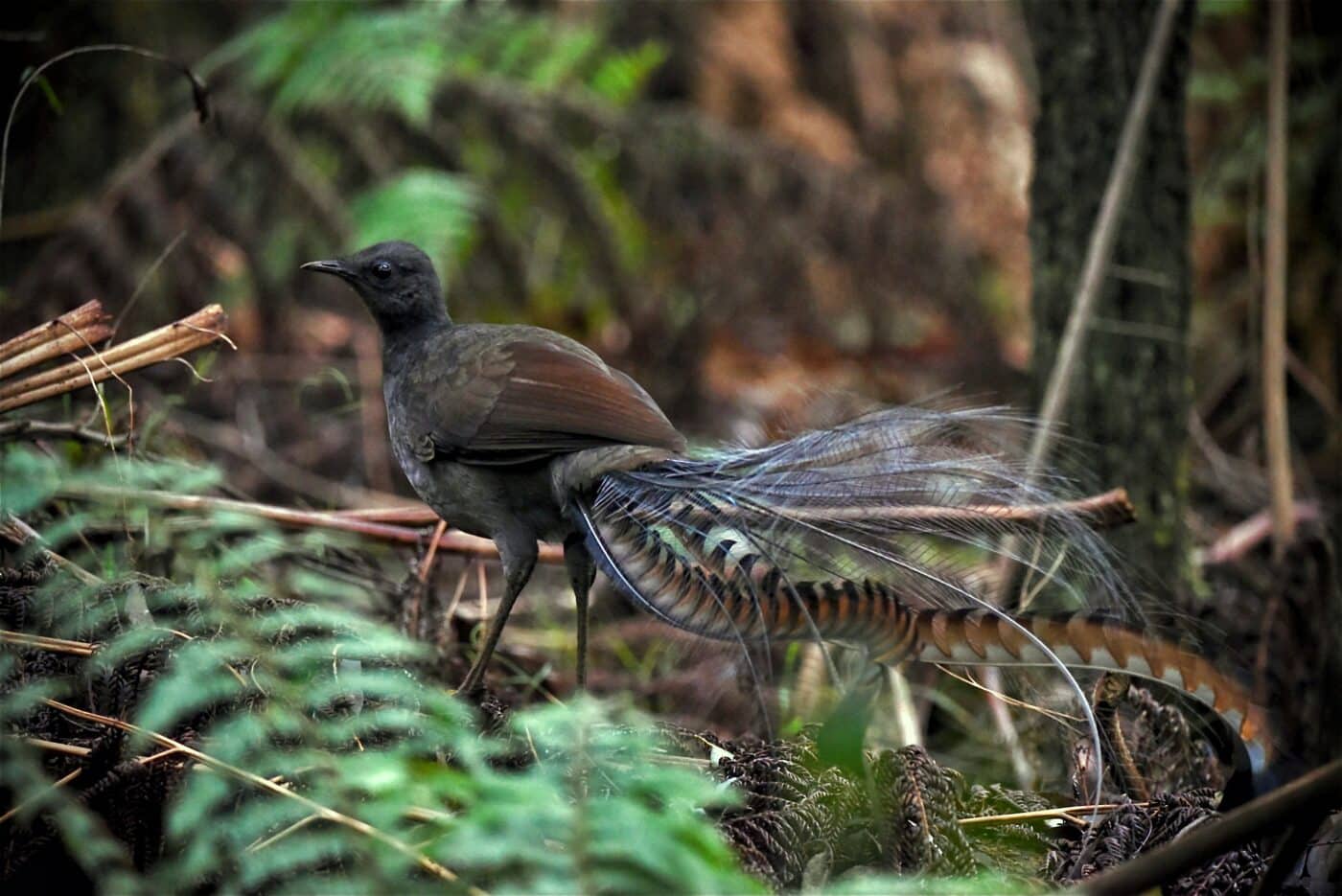 Shutterstock
Shutterstock
The lyrebird, native to Australia, is one of the most impressive mimics in the animal kingdom. This bird can imitate nearly any sound it hears, from chainsaws to camera shutters, in addition to the songs of other birds. The male lyrebird’s elaborate courtship display involves fanning its beautiful tail feathers in the shape of a lyre while performing its impressive vocal mimicry. The combination of its visual and auditory skills makes the lyrebird one of the most fascinating and beautiful birds on the planet.
Serval
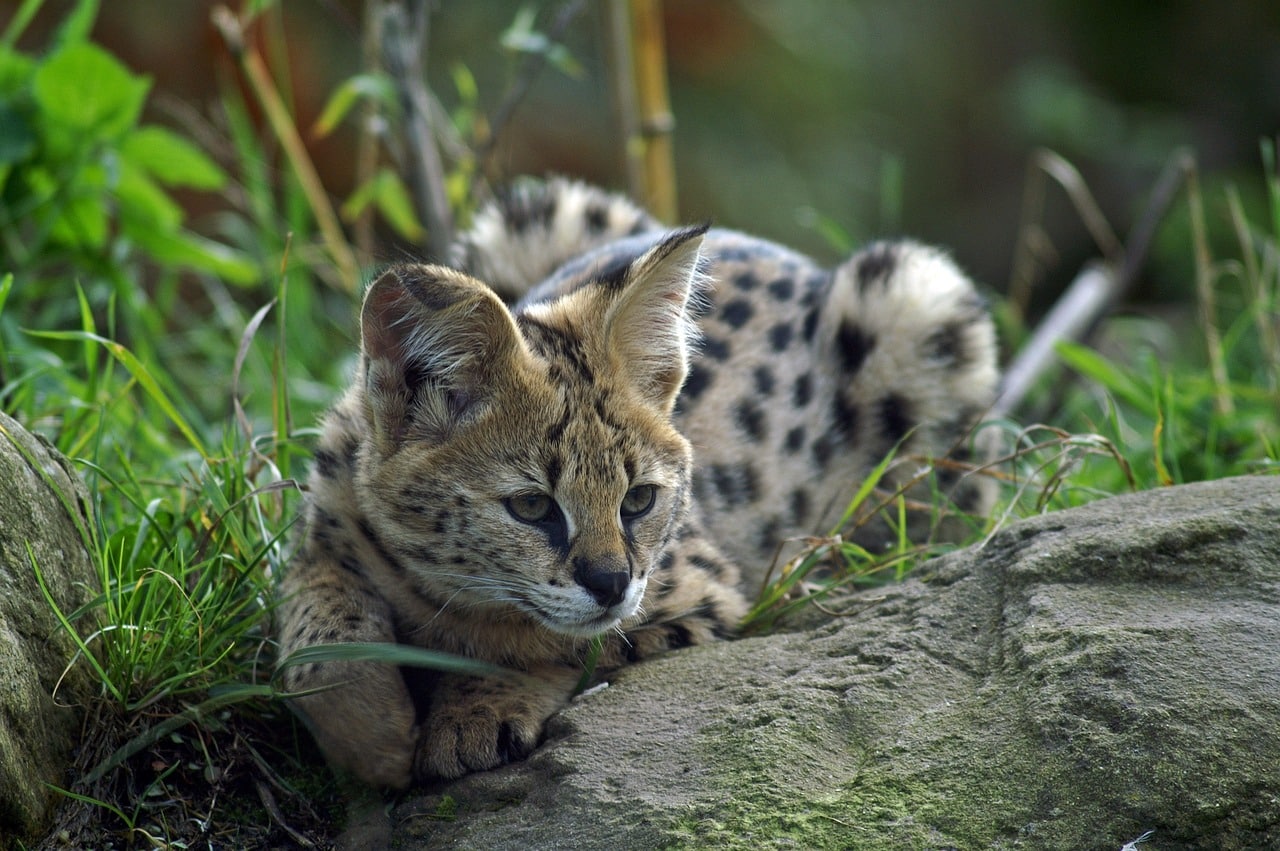 Shutterstock
Shutterstock
The serval is a sleek and elegant African wildcat known for its striking appearance and exceptional hunting abilities. With long legs and large, rounded ears, the serval is built for speed and agility. Its golden coat, covered in black spots and stripes, gives it a beautiful, exotic look. This nocturnal predator uses its acute sense of hearing to locate prey, often leaping high into the air to catch birds and small mammals. The serval’s combination of beauty, speed, and precision makes it one of the most captivating wild cats in the world.
Markhor
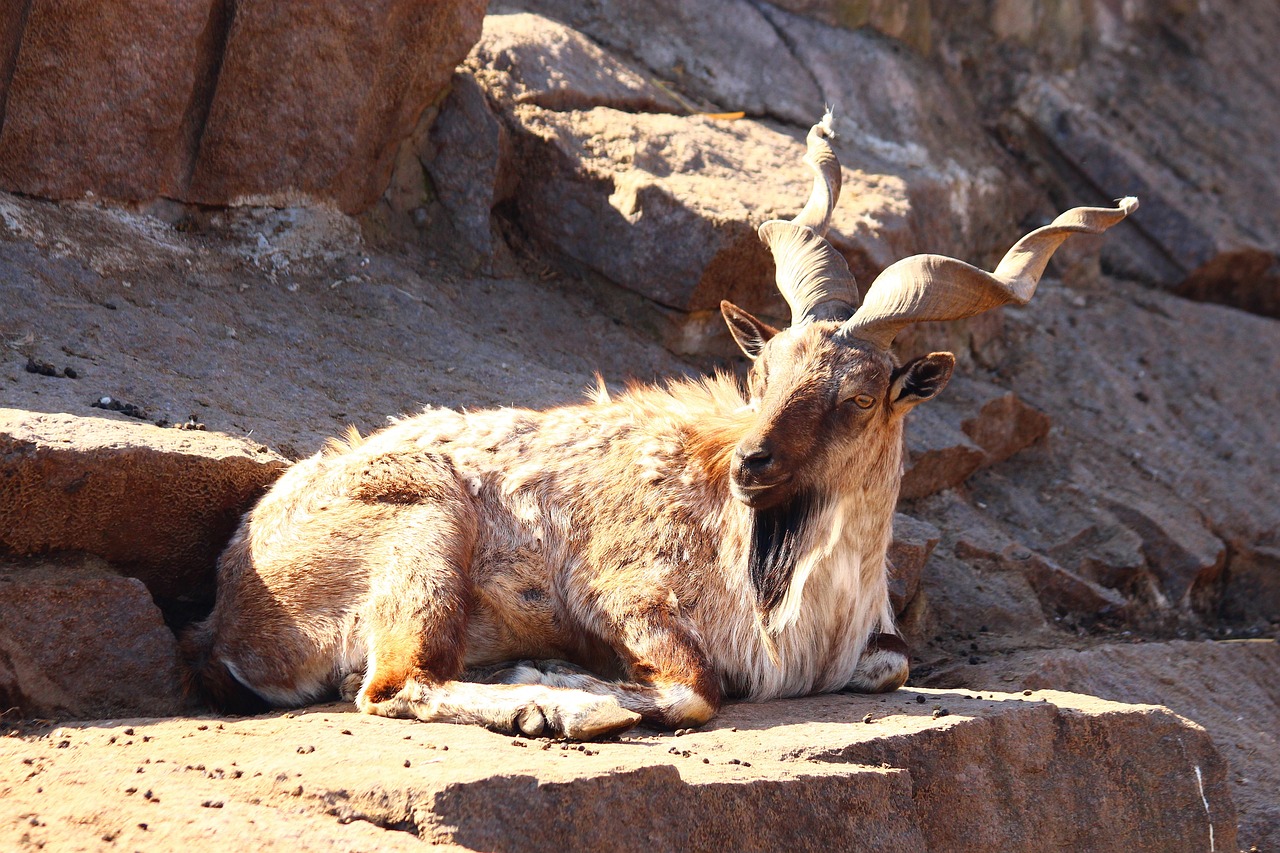 Shutterstock
Shutterstock
The markhor is a wild goat species found in the mountainous regions of Pakistan and Afghanistan. It is distinguished by its impressive, twisted horns, which can grow up to five feet long in males. The markhor’s shaggy coat and impressive horns give it a majestic and powerful appearance. Known for its excellent climbing skills, the markhor navigates steep, rocky terrain with ease. Its rarity and striking appearance have made it a national symbol in Pakistan, and efforts are being made to conserve this endangered species.
Ribbon Eel
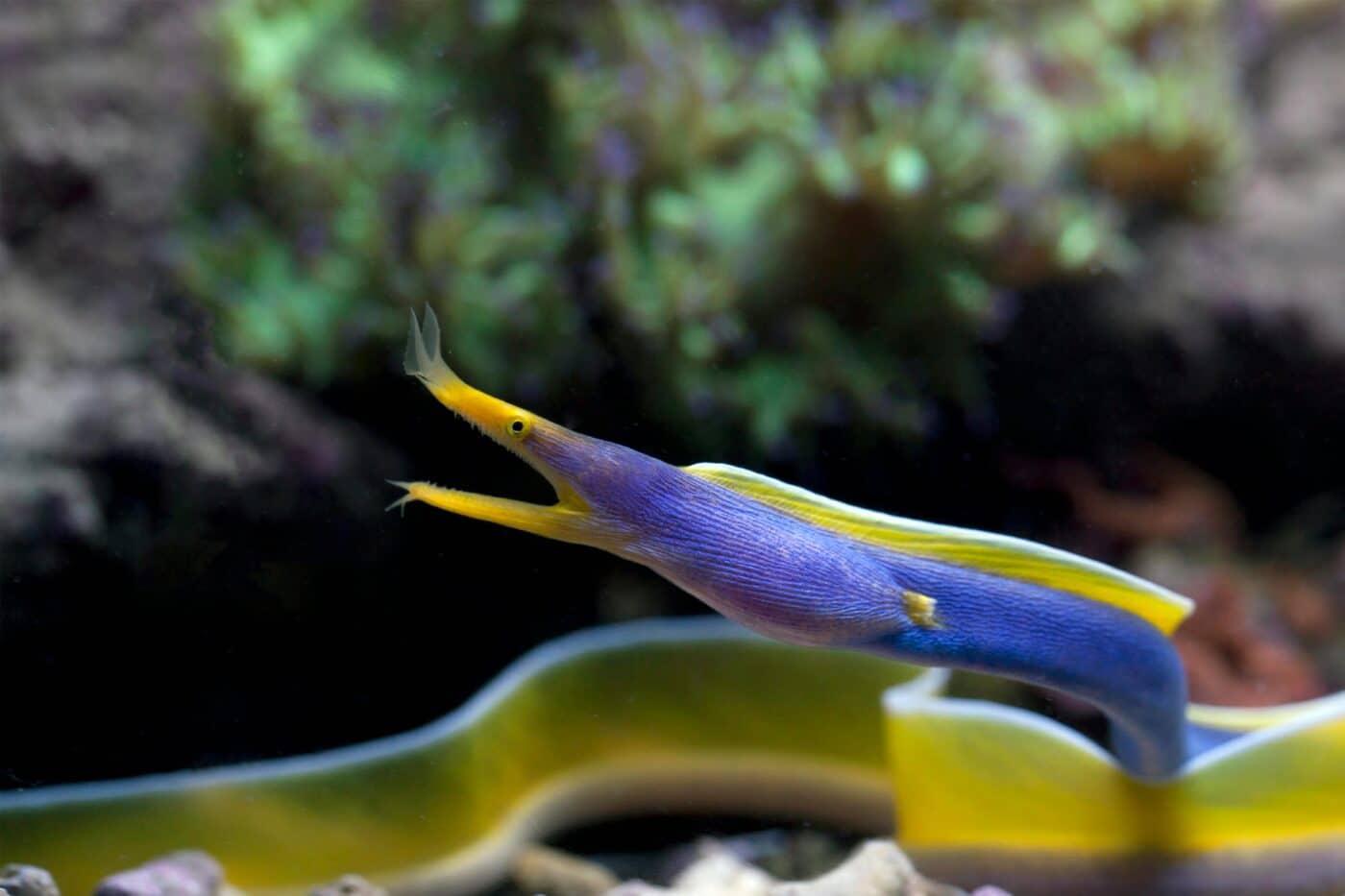 Shutterstock
Shutterstock
The ribbon eel is one of the most vibrant and eye-catching creatures in the ocean, known for its bright blue and yellow coloration and long, ribbon-like body. Found in the Indo-Pacific, this eel’s slender, flowing shape and bold colors make it look more like a mythical creature than a real animal. Ribbon eels start life as males and can change sex as they age, turning from blue to yellow as they become females. This striking transformation and unique appearance make the ribbon eel a fascinating and beautiful marine creature.
Resplendent Quetzal
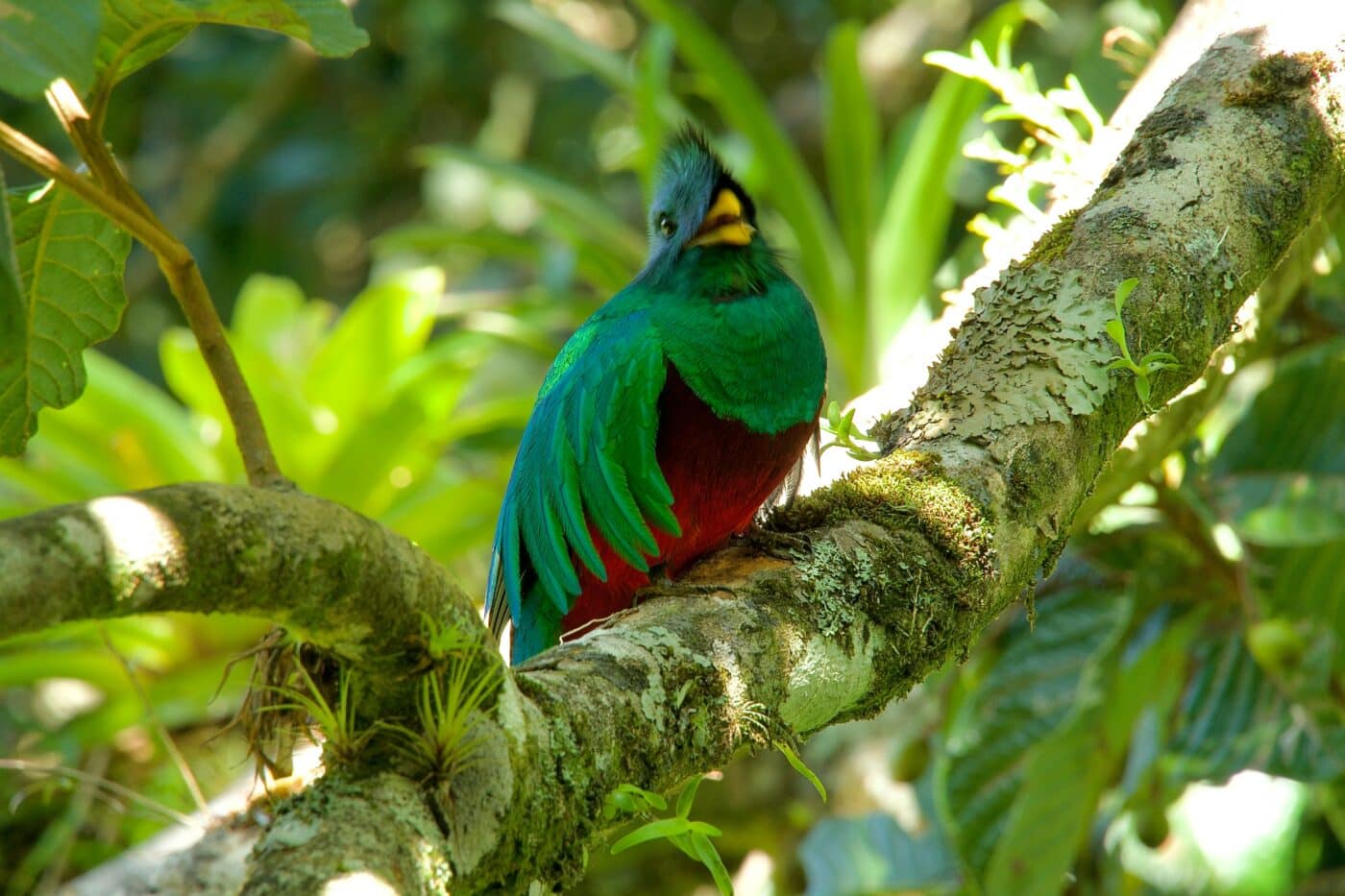 Shutterstock
Shutterstock
The resplendent quetzal is a breathtaking bird native to the cloud forests of Central America. With its iridescent green and red plumage, long tail feathers, and striking crest, the quetzal has been revered for centuries by indigenous cultures for its beauty and symbolism. Males are especially impressive during mating season when their long, flowing tail feathers can extend over three feet. The quetzal’s vibrant colors and graceful flight through the forest canopy make it one of the most visually stunning birds in the world.
Sunda Flying Lemur
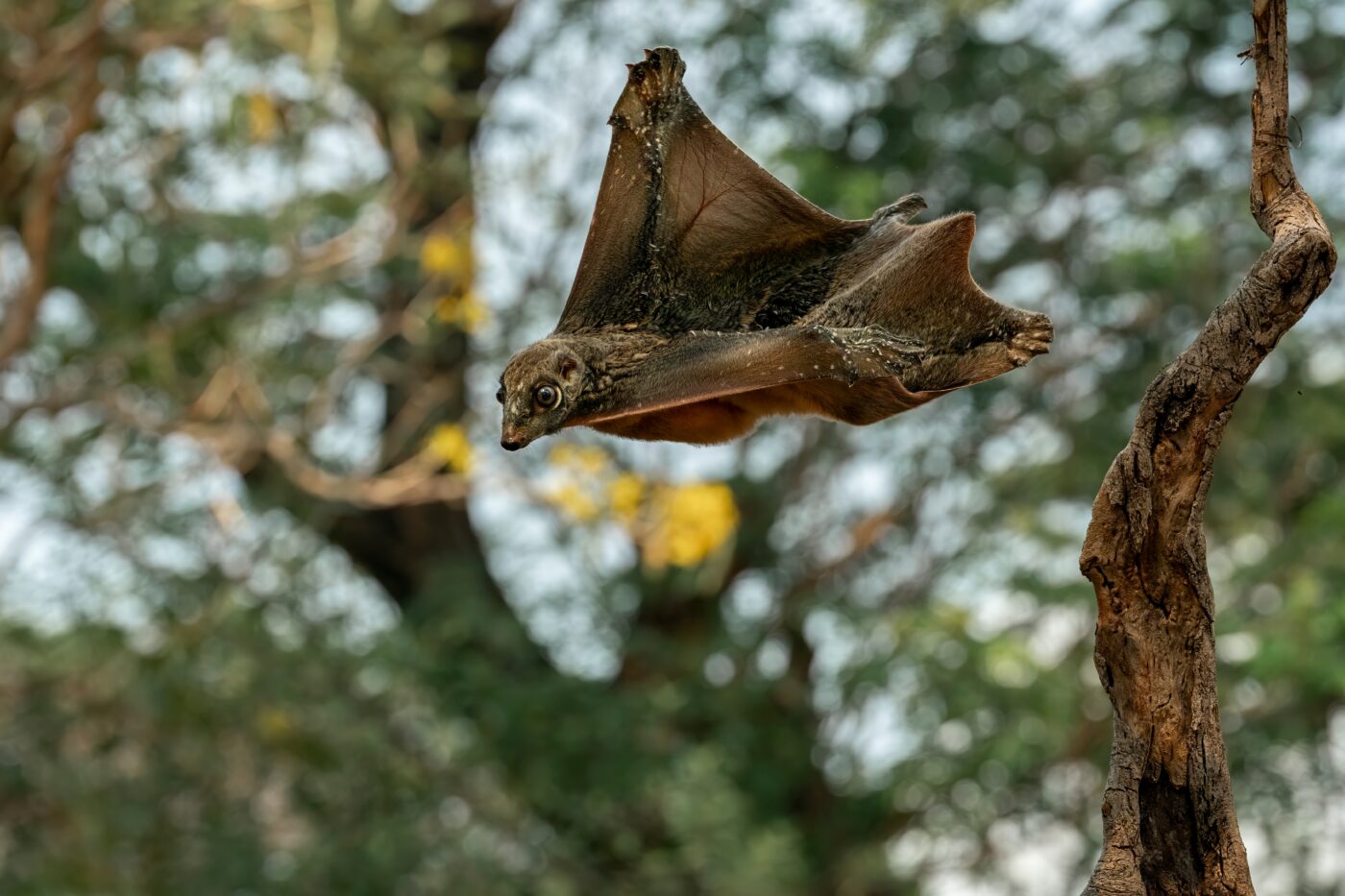 Shutterstock
Shutterstock
The Sunda flying lemur, also known as the colugo, is a gliding mammal found in Southeast Asia. Despite its name, the flying lemur doesn’t fly but rather glides through the air using a large skin membrane that stretches between its limbs. This unique adaptation allows it to glide up to 100 meters between trees, making it one of the most remarkable gliding animals. The Sunda flying lemur’s nocturnal habits and elusive nature, combined with its incredible gliding ability, make it one of the most fascinating creatures of the forest.
Blue Morpho Butterfly
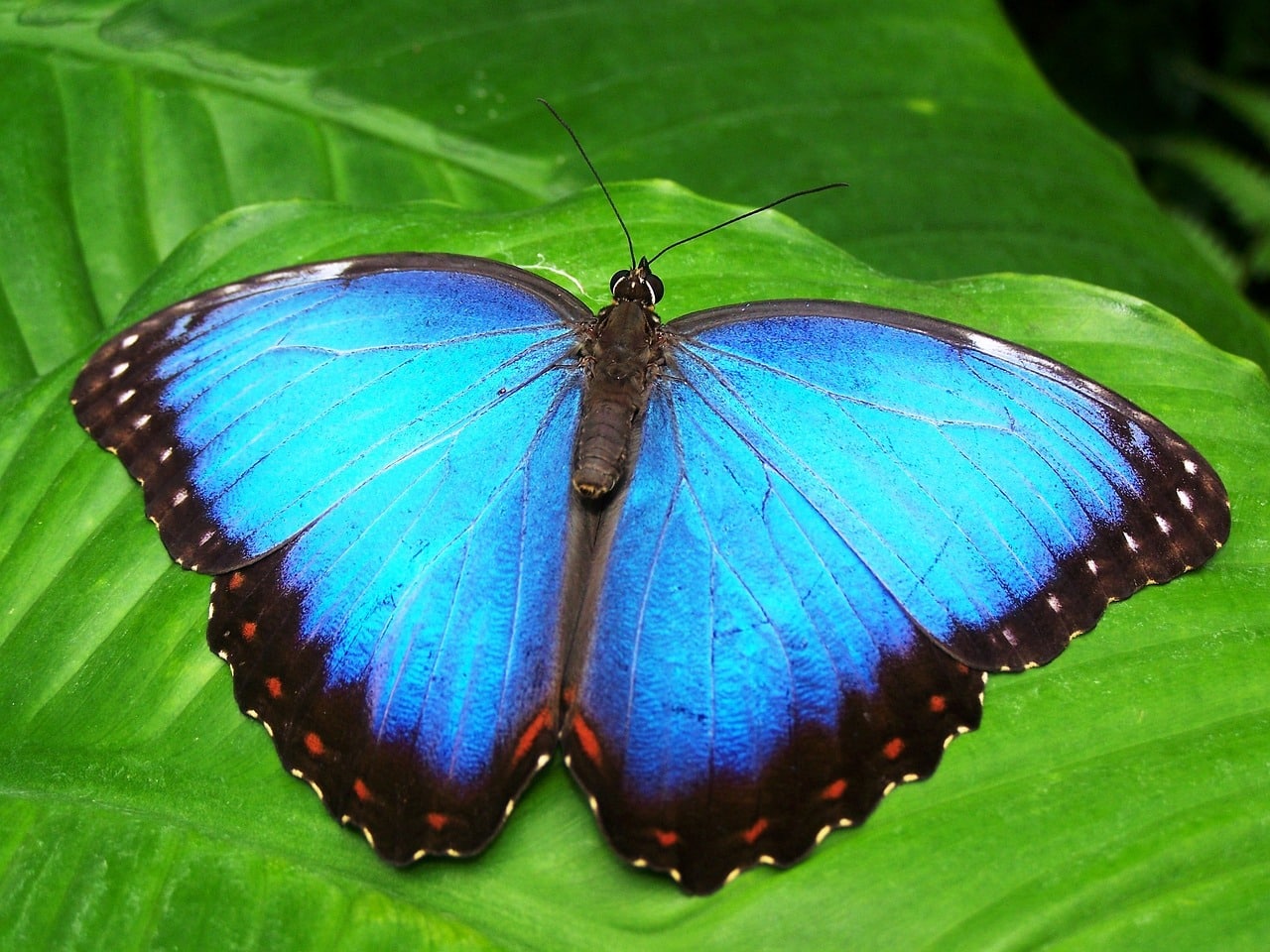 Shutterstock
Shutterstock
The blue morpho butterfly is one of the most stunning insects on Earth, known for its vivid, iridescent blue wings. Found in the rainforests of Central and South America, this butterfly’s brilliant blue coloring is a result of microscopic scales on its wings that reflect light. When in flight, the blue morpho’s wings flash and shimmer, creating a mesmerizing visual effect. Its beauty and elegance have made the blue morpho one of the most iconic and beloved butterflies in the world.
Irrawaddy Dolphin
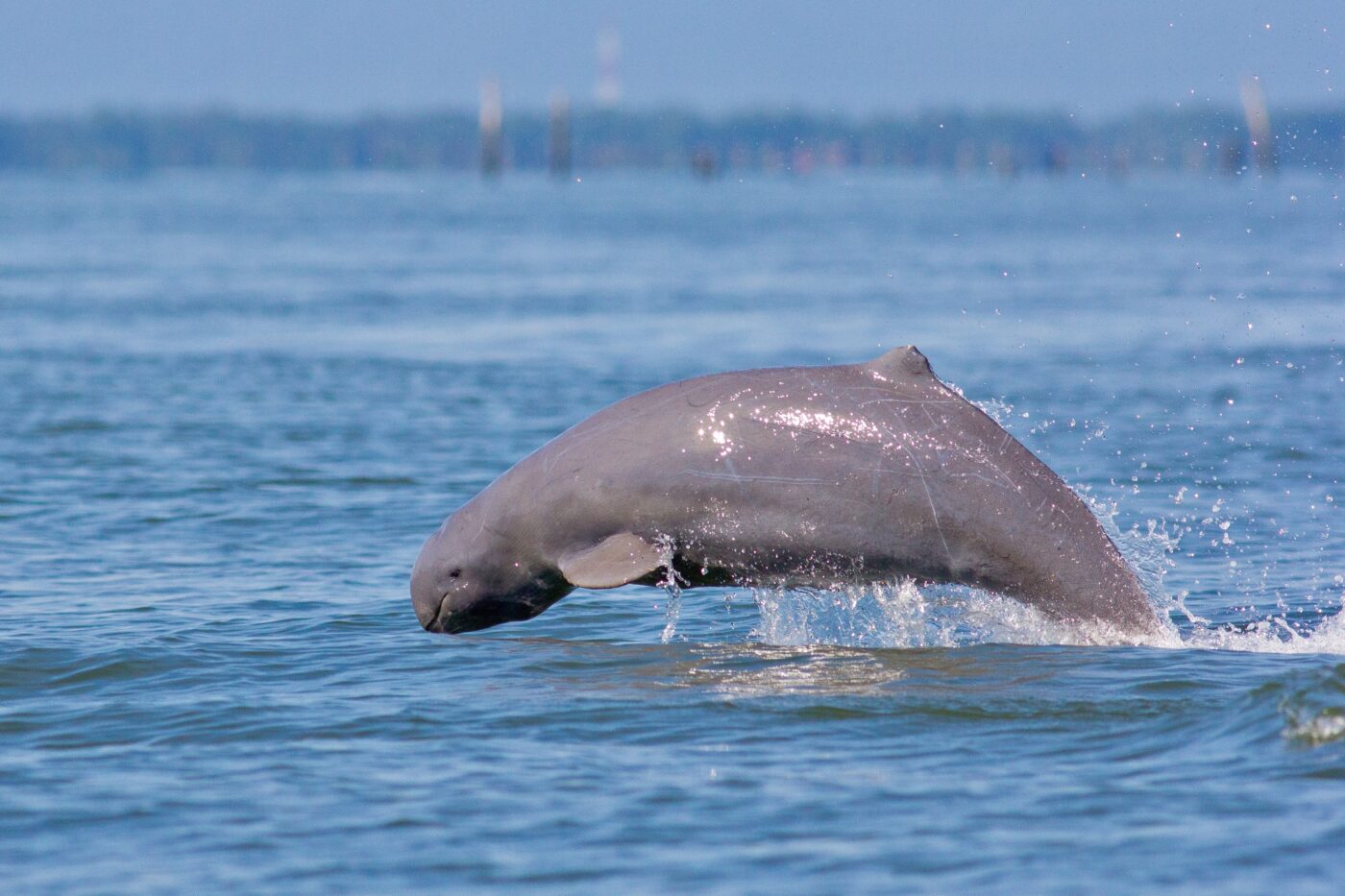 Shutterstock
Shutterstock
The Irrawaddy dolphin is a rare and distinctive freshwater dolphin found in Southeast Asia. Unlike most dolphins, the Irrawaddy dolphin has a rounded forehead, a short snout, and a gentle, smiling appearance. These dolphins are known for their intelligence and unique behaviors, including spitting water to herd fish during hunting. Their friendly and playful demeanor, combined with their rarity, makes the Irrawaddy dolphin a fascinating and cherished animal in the rivers and coastal waters where they are found.
Aye-Aye
 Shutterstock
Shutterstock
The aye-aye is a nocturnal primate native to Madagascar, known for its unusual appearance and bizarre feeding habits. With large eyes, long fingers, and sharp teeth, the aye-aye looks almost otherworldly. Its most distinctive feature is its elongated middle finger, which it uses to tap on trees and locate insects hiding inside. Once it detects a grub, the aye-aye gnaws a hole in the wood and uses its finger to extract the insect. This unusual method of feeding, along with its strange appearance, makes the aye-aye one of the most curious and unique primates in the world.
Andean Condor
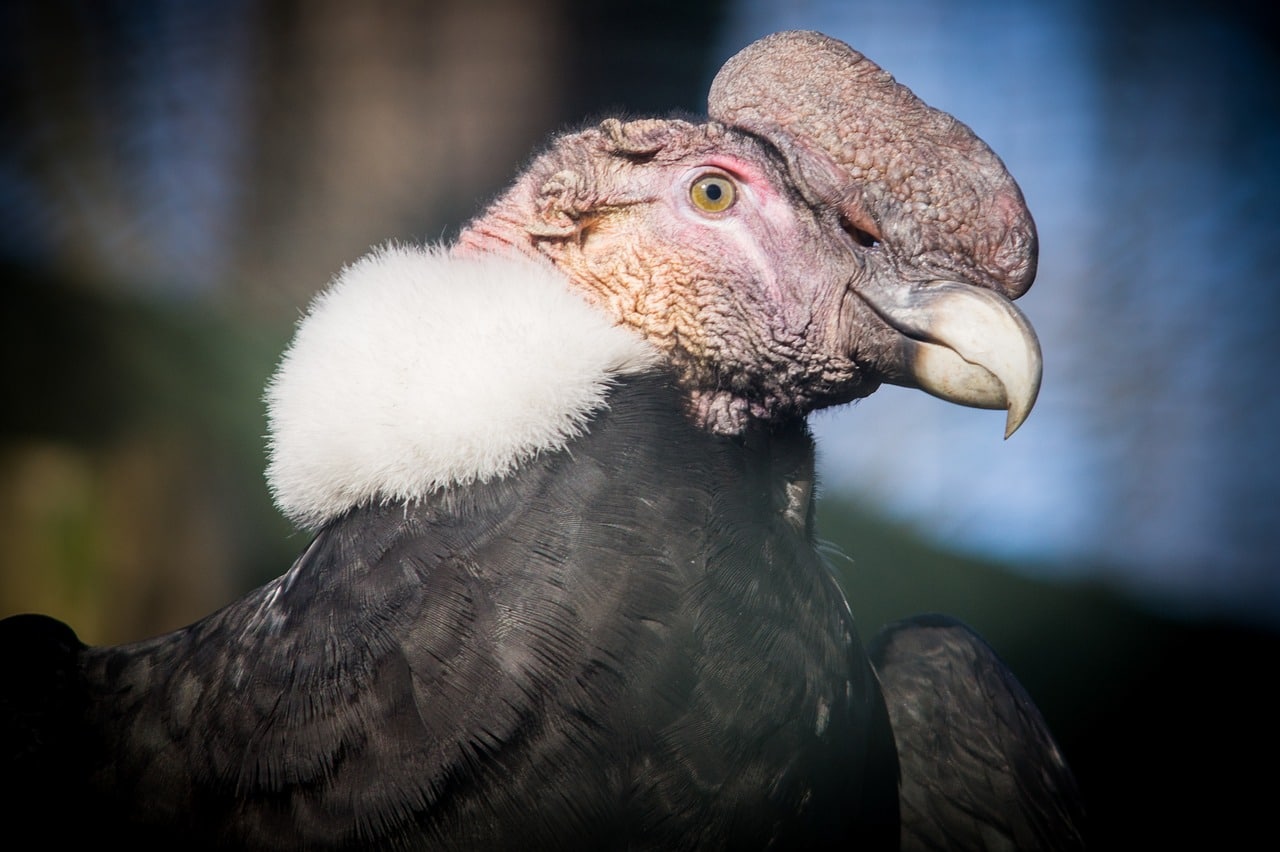 Shutterstock
Shutterstock
The Andean condor is the largest flying bird in the world, with a wingspan of up to 10 feet. Native to the mountains of South America, this majestic bird soars gracefully over the Andes, often using air currents to glide for hours without flapping its wings. With its bald head, black feathers, and impressive size, the Andean condor is a symbol of power and freedom in Andean cultures. Its ability to fly at high altitudes and cover vast distances makes the condor one of the most awe-inspiring birds of prey.
Maned Wolf
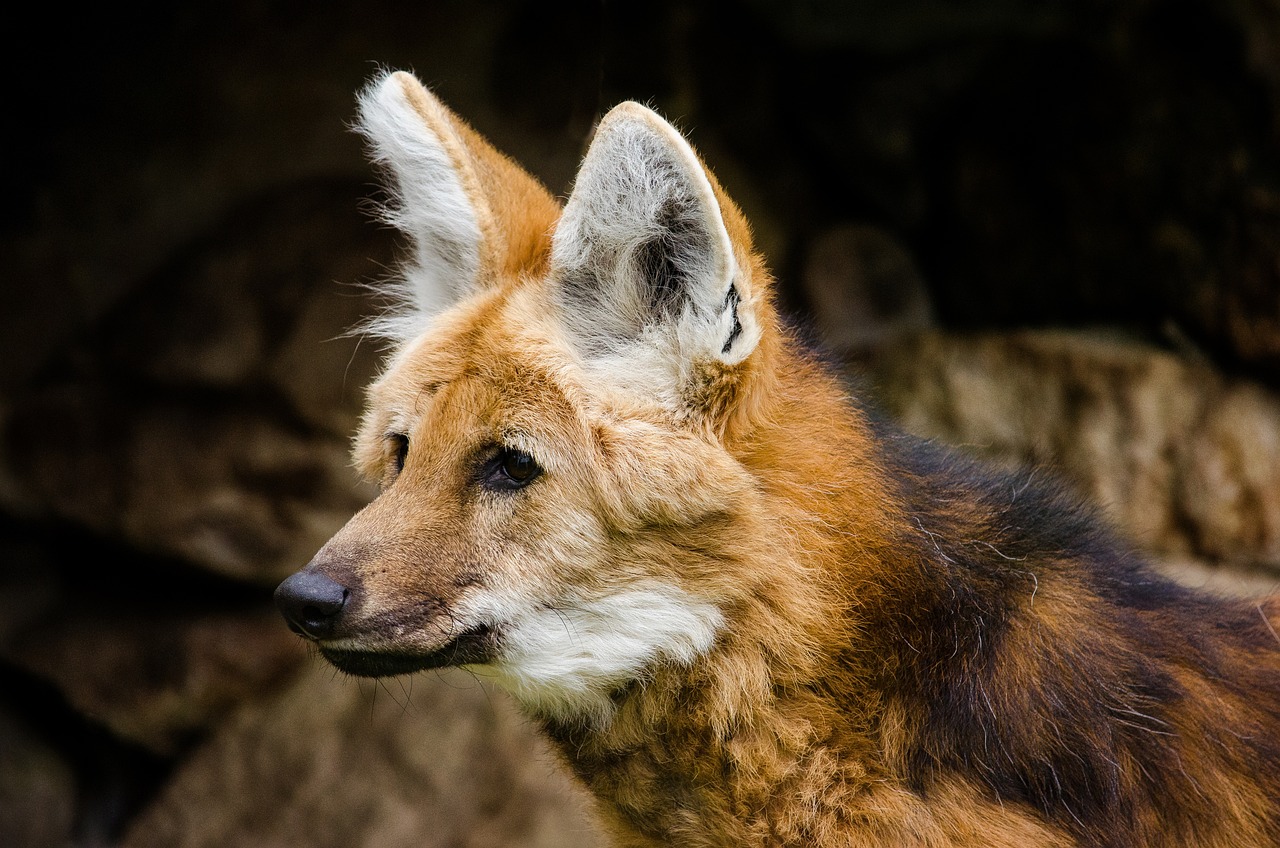 Shutterstock
Shutterstock
The maned wolf, found in South America, is one of the most striking and mysterious canids in the world. Despite its name, the maned wolf is not a true wolf but rather a unique species with long legs, reddish fur, and a black mane along its neck and shoulders. Its long legs help it navigate the tall grasses of the savannas, while its distinctive scent-marking behavior has earned it the nickname “skunk wolf.” The maned wolf’s solitary nature and unusual appearance make it one of the most fascinating animals of the grasslands.
Tree Kangaroo
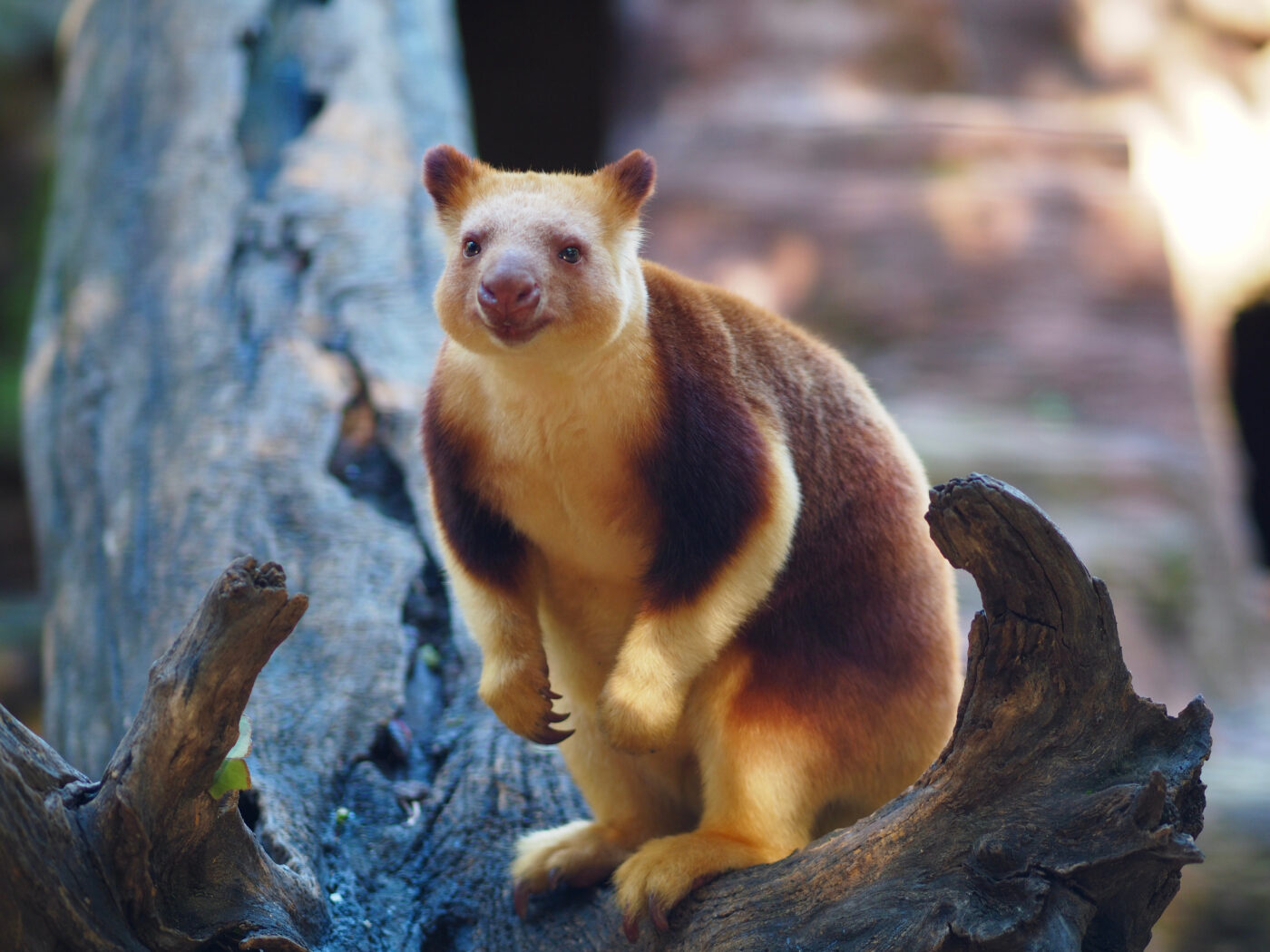 Shutterstock
Shutterstock
The tree kangaroo is a rare and extraordinary marsupial that defies expectations of what a kangaroo should look like. Unlike its terrestrial relatives, the tree kangaroo is adapted for life in the treetops, with strong limbs and a long tail that helps it balance as it climbs. Found in the rainforests of New Guinea and Australia, tree kangaroos are adept at leaping between branches and moving gracefully through the forest canopy. Their unique adaptations and surprising lifestyle make tree kangaroos one of the most extraordinary marsupials in the world.
Thorny Devil
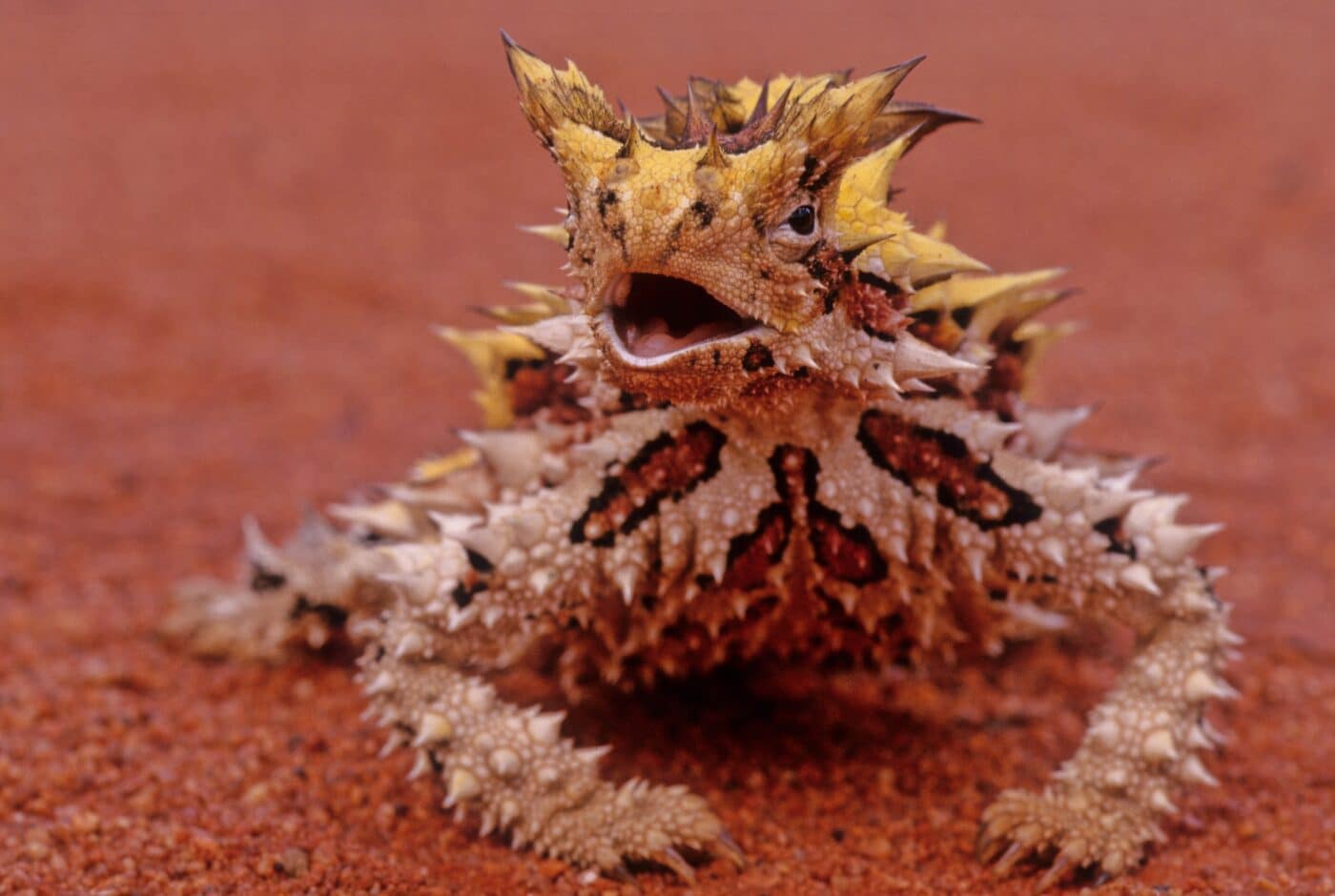 Shutterstock
Shutterstock
The thorny devil is a small, spiky lizard native to the deserts of Australia. Covered in sharp, thorn-like spines, this reptile has a fierce appearance that helps it deter predators. Its brown and yellow coloration allows it to blend into the desert landscape. At the same time, its unique ability to collect water from the sand and funnel it to its mouth is a remarkable survival adaptation. Despite its fearsome looks, the thorny devil is harmless and feeds on ants. Its distinctive appearance and clever adaptations make the thorny devil one of the most fascinating reptiles in the world.
Indian Rhinoceros
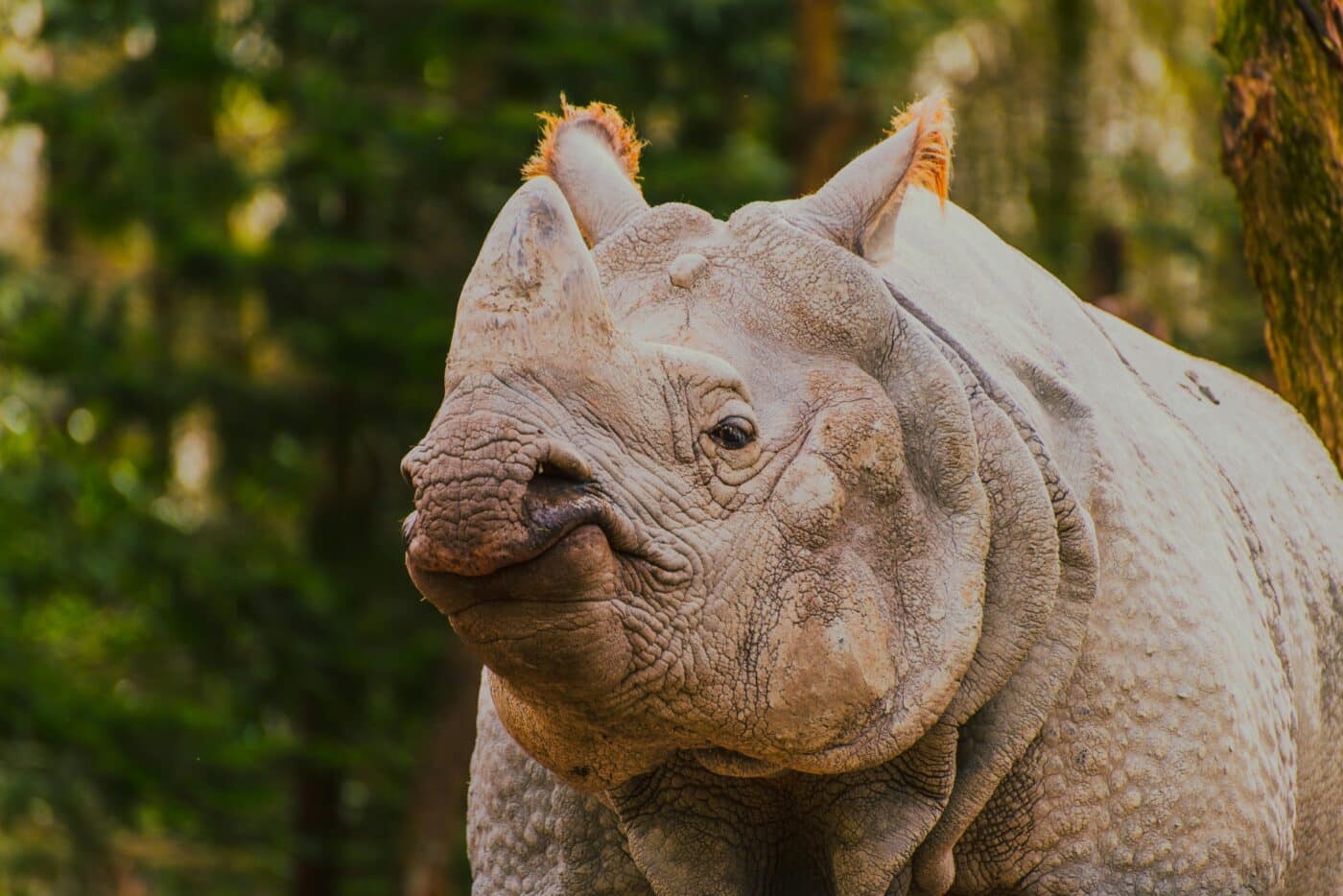 Shutterstock
Shutterstock
The Indian rhinoceros, also known as the greater one-horned rhino, is a massive and impressive animal found in the grasslands and forests of India and Nepal. With its thick, armor-like skin and a single horn, the Indian rhino has a prehistoric appearance that commands respect. This species is one of the largest rhinos, weighing up to 4,000 pounds. Despite its size, the Indian rhino is surprisingly agile and can charge at high speeds when threatened. The combination of its sheer power and ancient appearance makes the Indian rhinoceros one of the most majestic animals in the wild.
Galápagos Tortoise
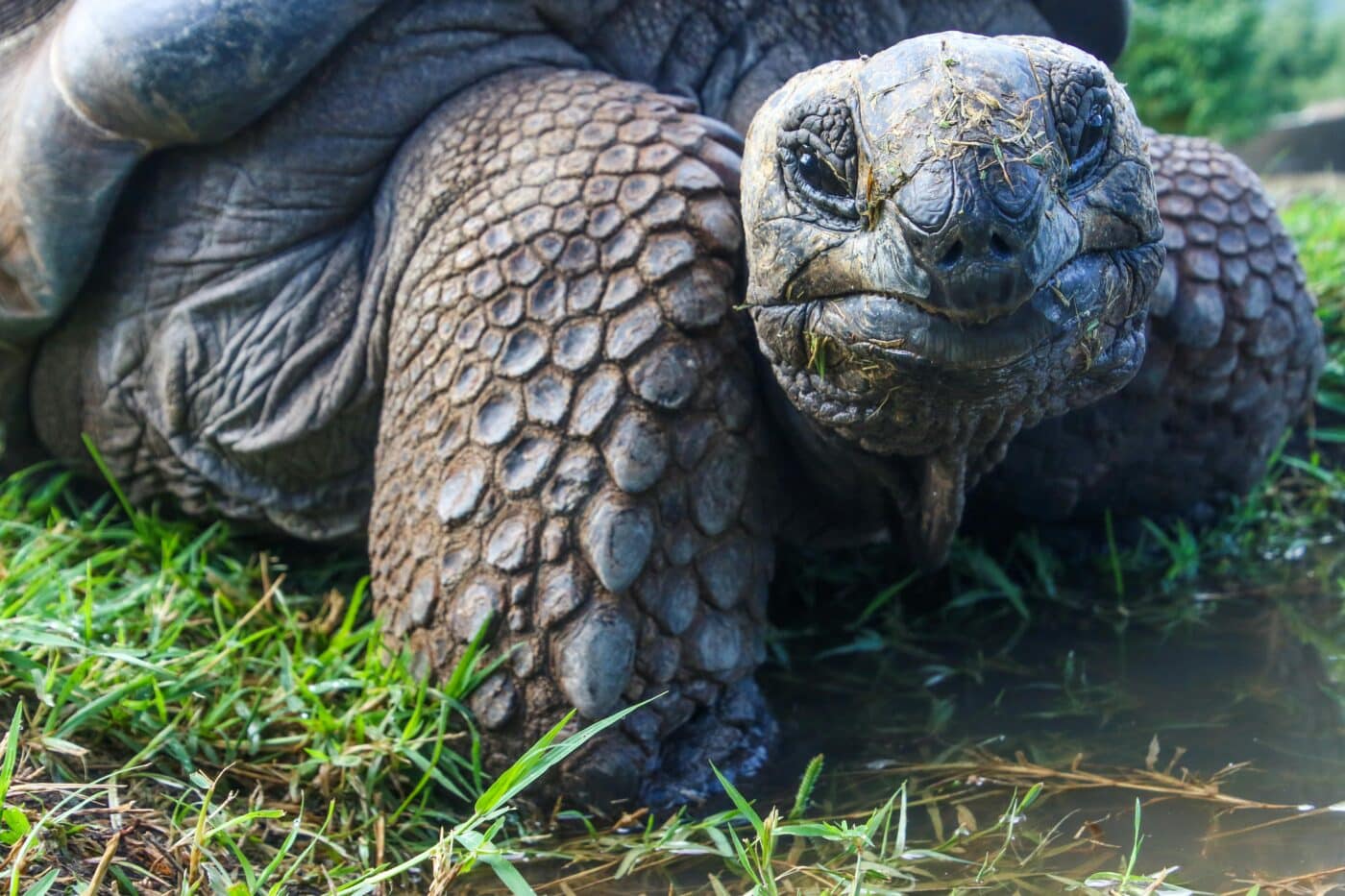 Shutterstock
Shutterstock
The Galápagos tortoise is one of the most iconic and long-lived animals on Earth, with some individuals reaching over 100 years of age. Found on the Galápagos Islands, these tortoises are known for their massive size, slow movements, and gentle demeanor. Weighing up to 900 pounds, the Galápagos tortoise has a long, curved neck that allows it to reach vegetation high off the ground. Their slow pace and impressive longevity make them a symbol of endurance and resilience, embodying the majestic beauty of the animal kingdom.
Proboscis Monkey
 Shutterstock
Shutterstock
The proboscis monkey, native to the rainforests of Borneo, is known for its distinctive, large, and bulbous nose, which makes it one of the most recognizable and unusual primates. Males have larger noses, which are believed to help attract mates and amplify their vocalizations. These monkeys are also strong swimmers, using their webbed feet to navigate rivers and mangroves. The proboscis monkey’s bizarre appearance and aquatic abilities make it one of the most fascinating primates in the animal kingdom.
Nature’s Most Breathtaking Creatures
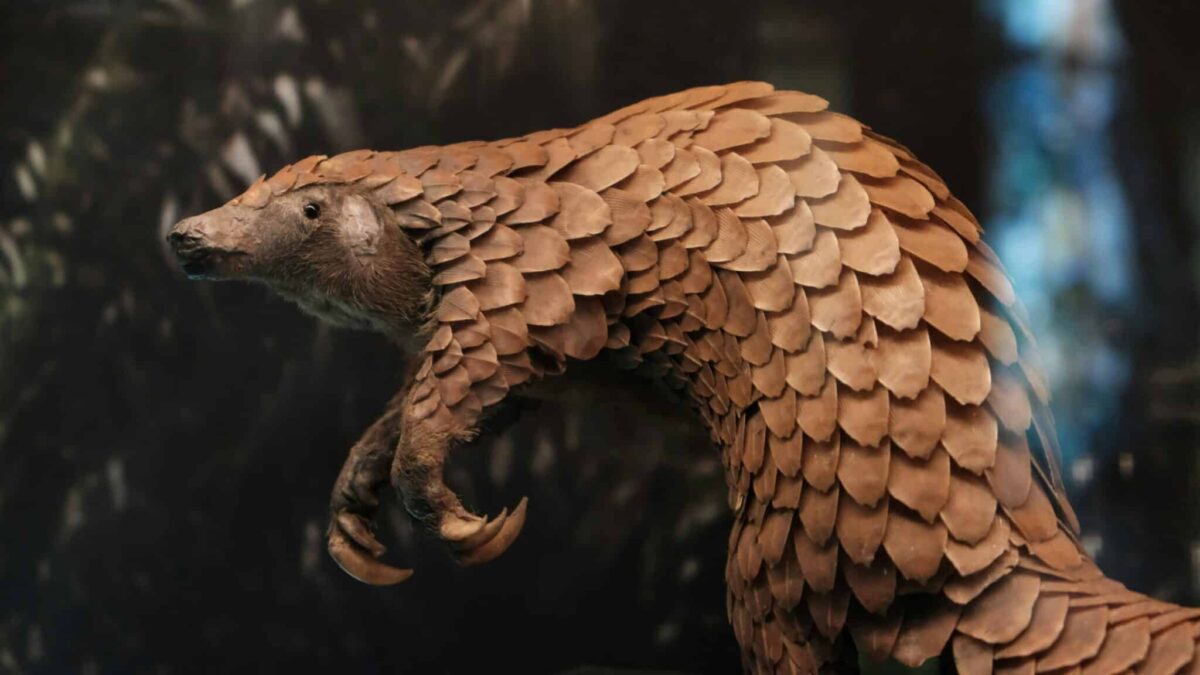 Shutterstock
Shutterstock
From the depths of the ocean to the heights of mountain ranges, the animal kingdom is filled with awe-inspiring creatures that defy expectations. Each of these animals showcases nature’s incredible diversity and the extraordinary adaptations that allow them to thrive in their environments. Whether through striking physical appearances, remarkable survival skills, or unique behaviors, these creatures remind us of the beauty and complexity of life on Earth. By appreciating and protecting these animals, we ensure that future generations can continue to marvel at the wonders of nature.

 1 month ago
19
1 month ago
19











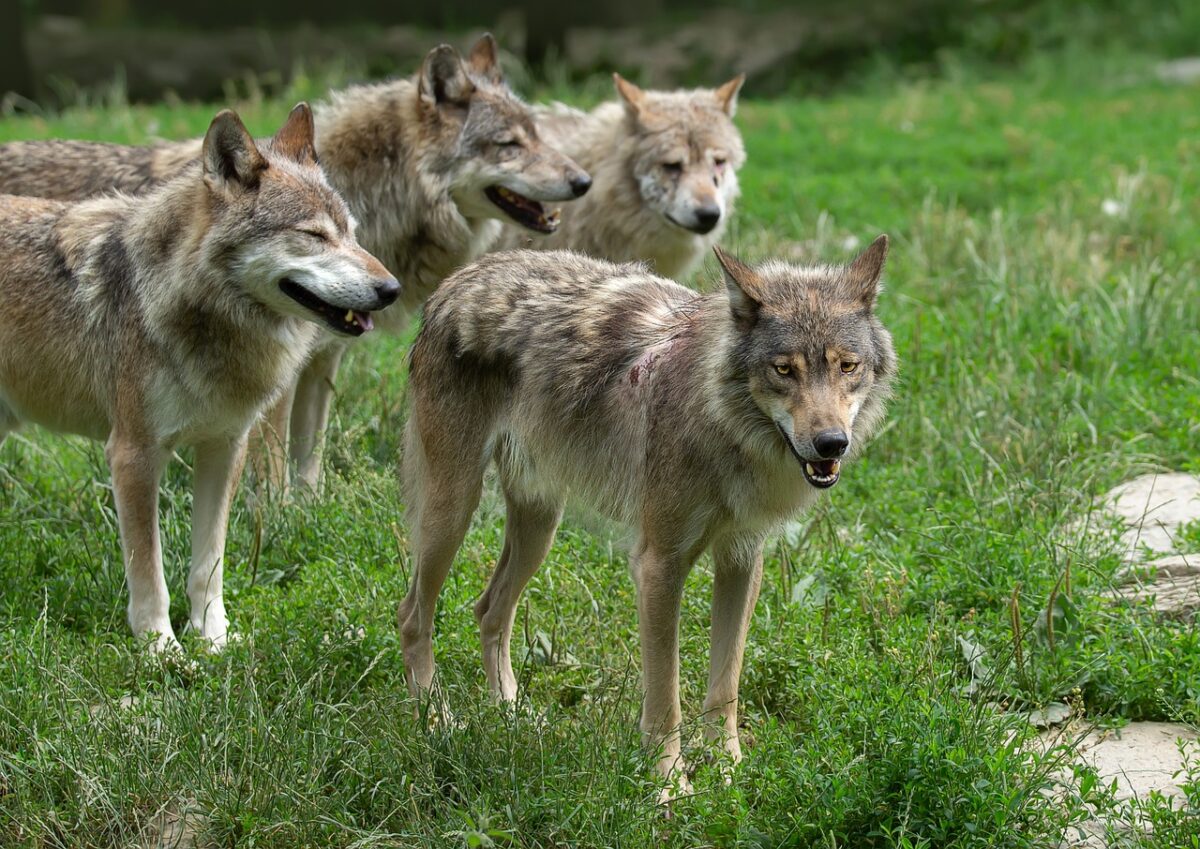






 English (US) ·
English (US) ·